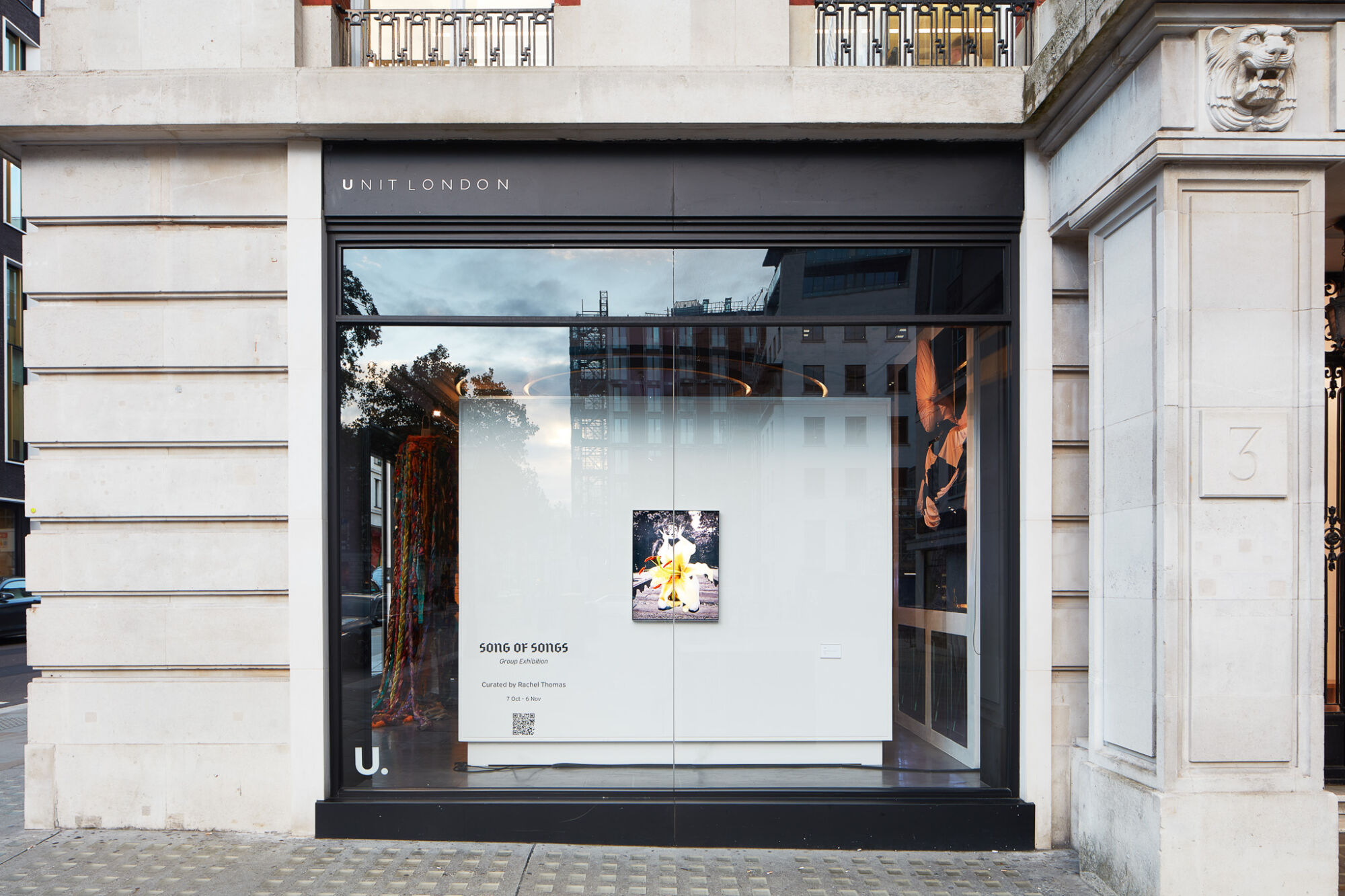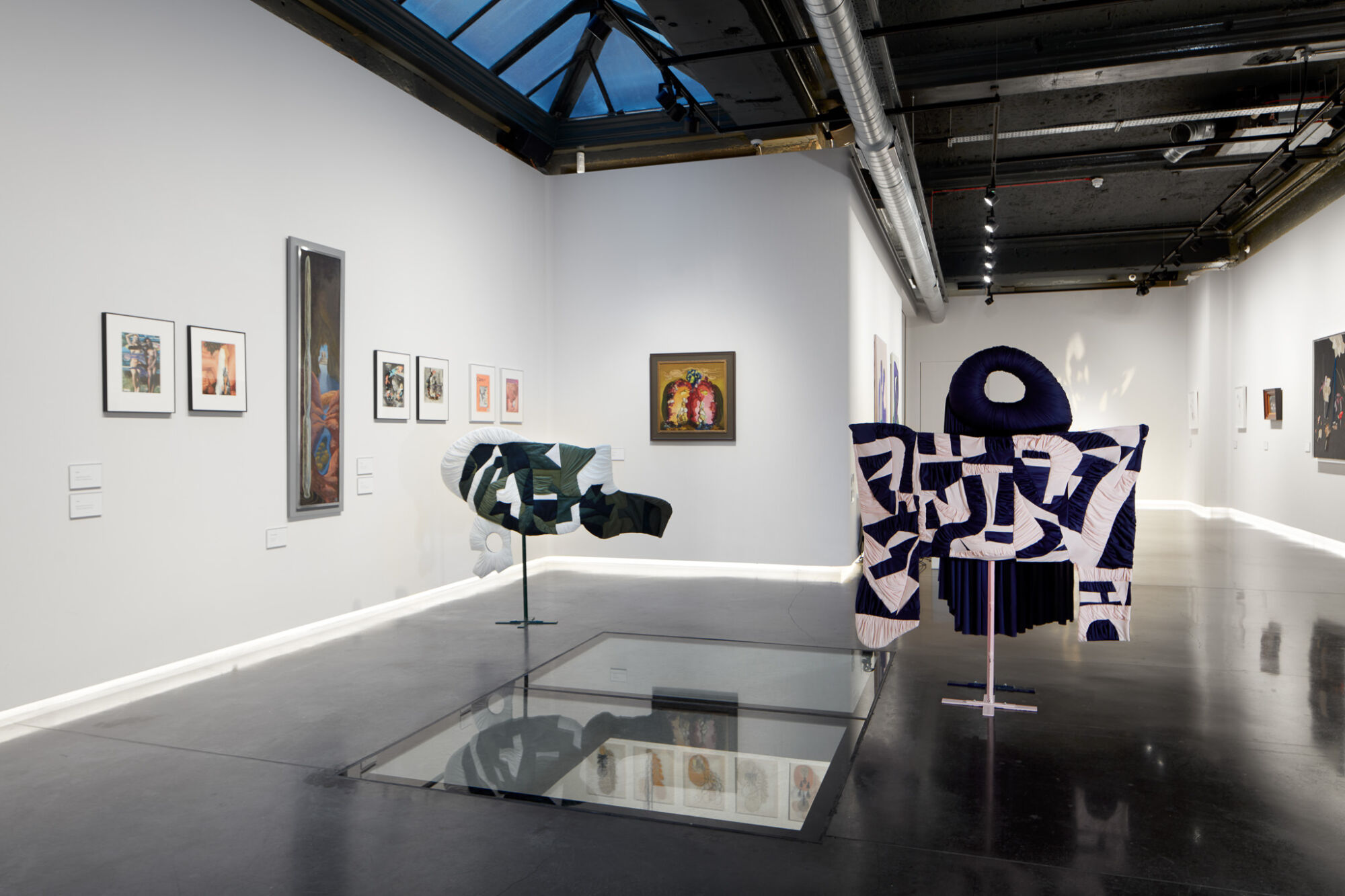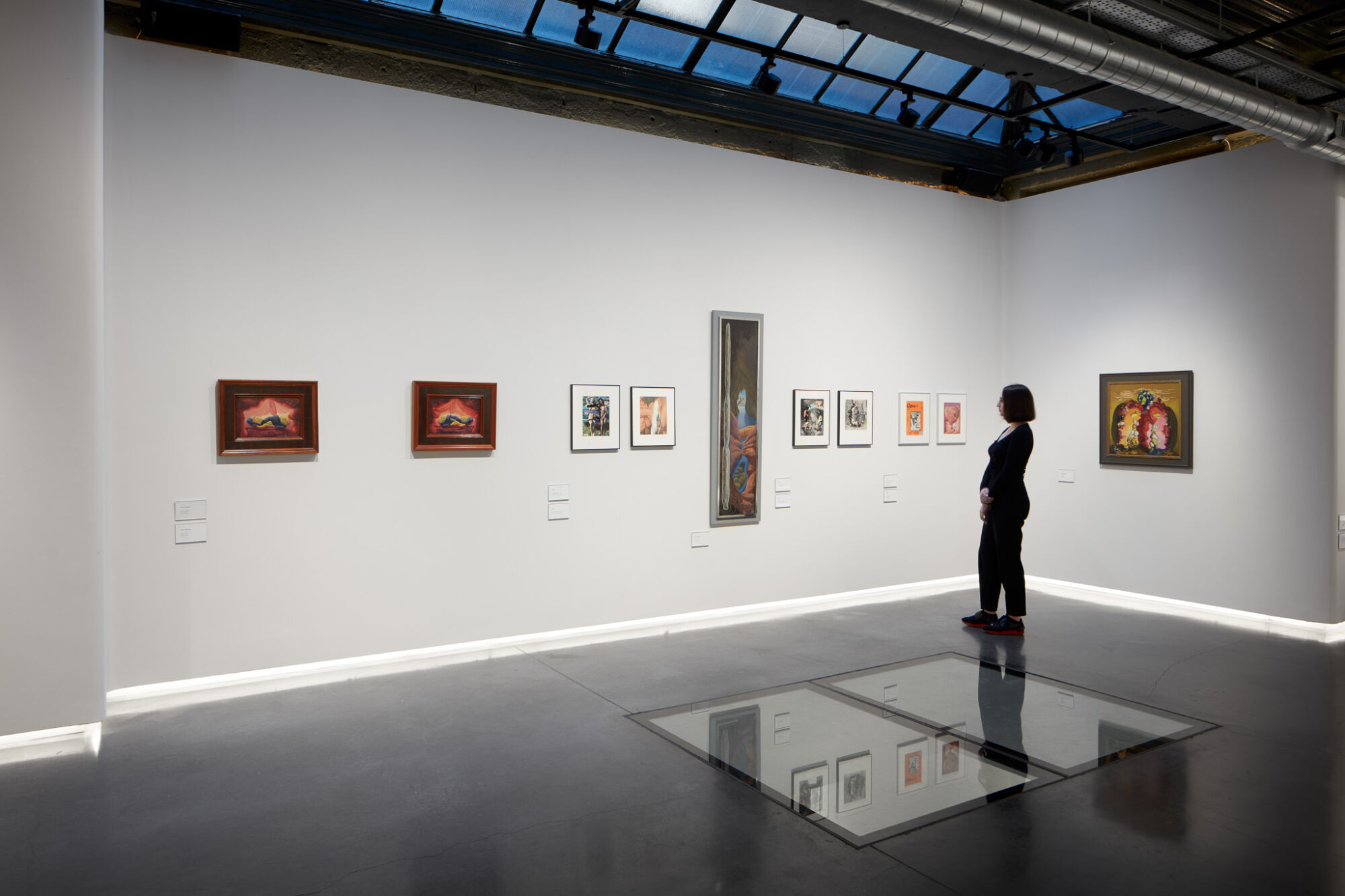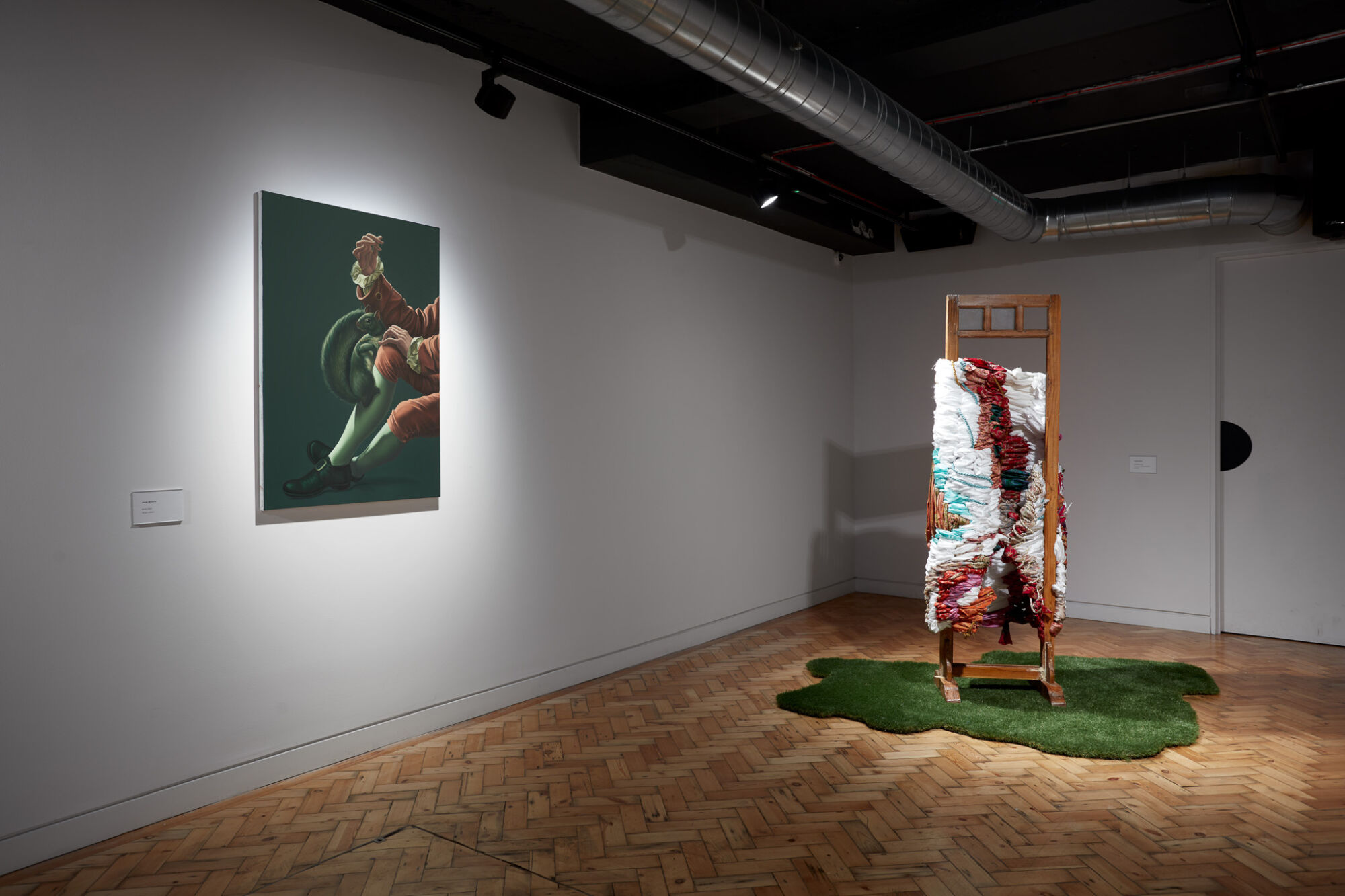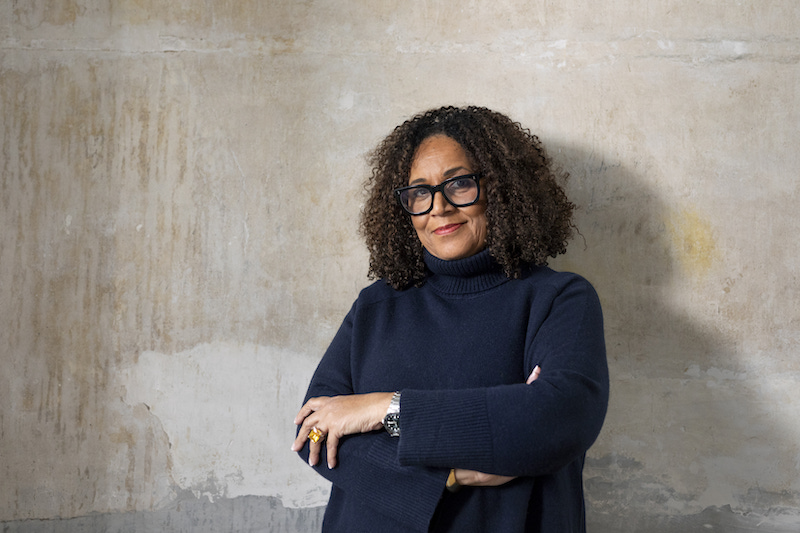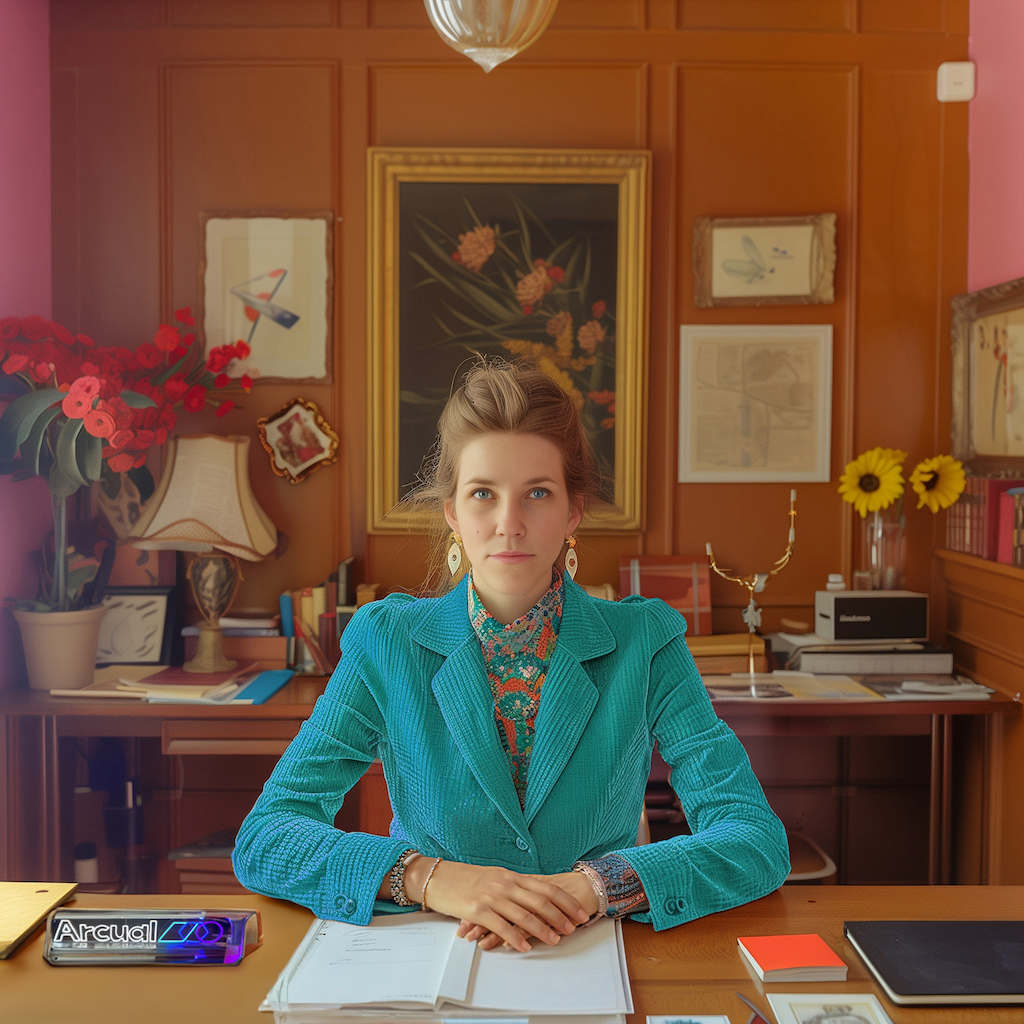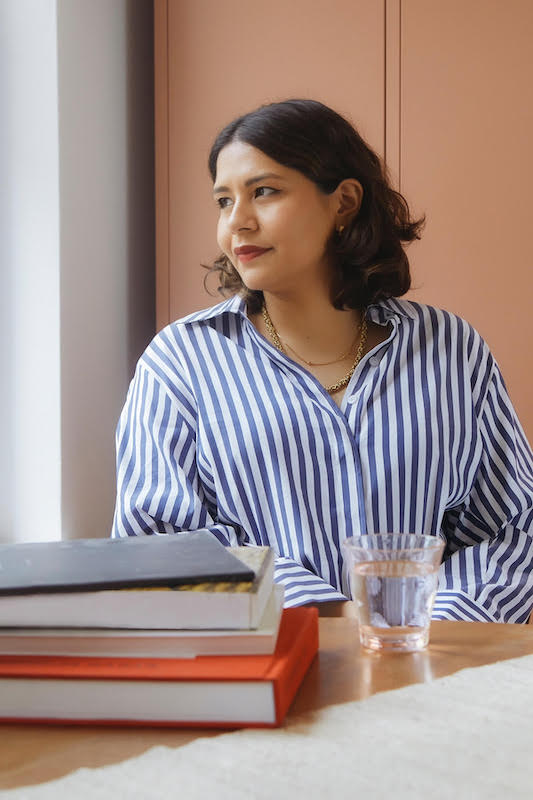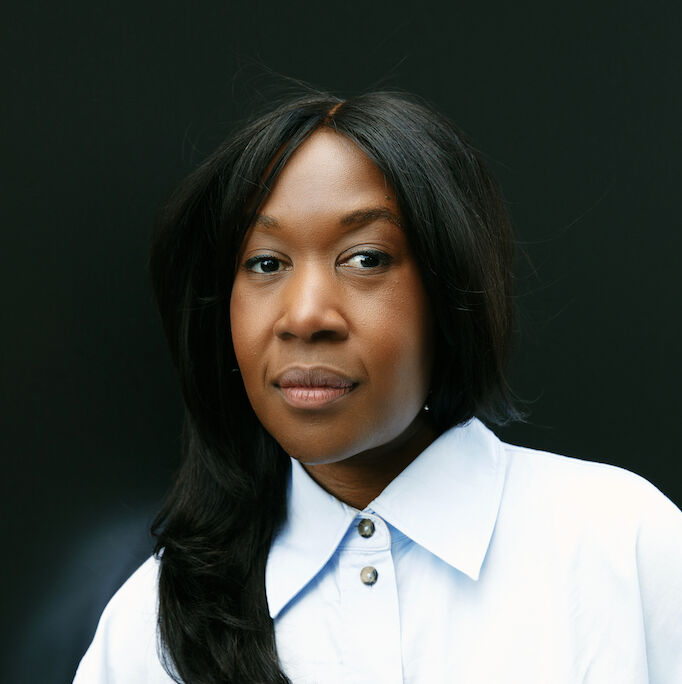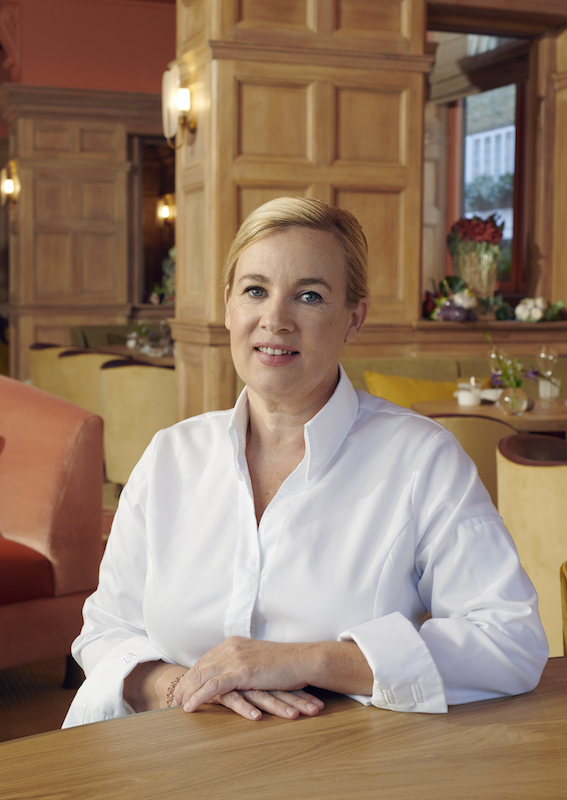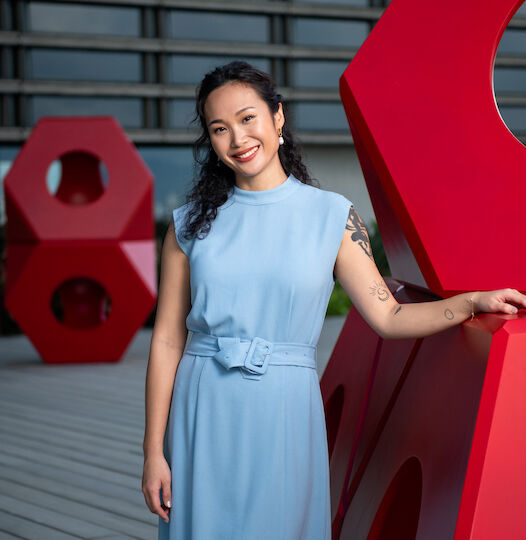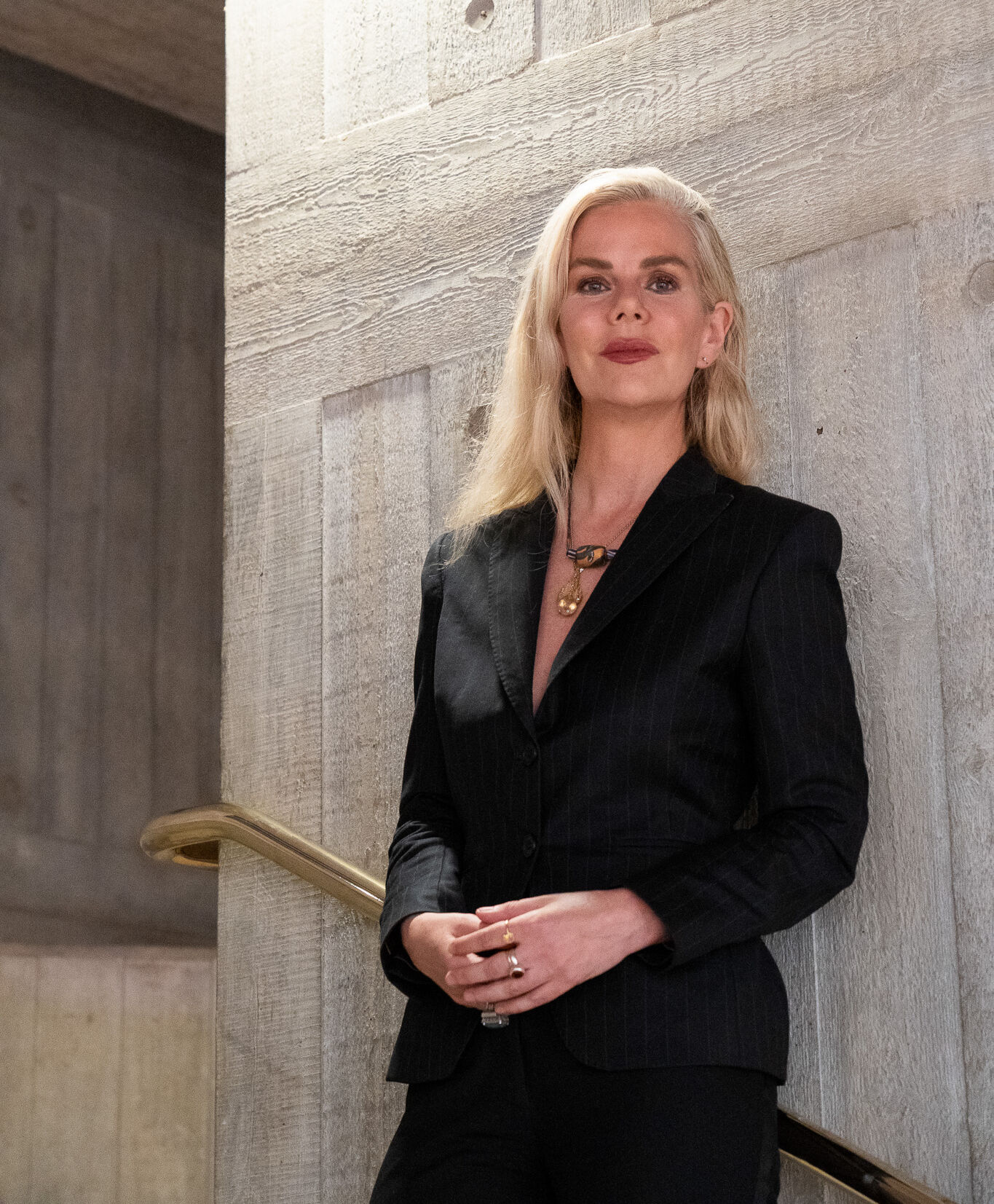

Interview Chief Curator of the Hayward Gallery Rachel Thomas
Rachel Thomas, this week’s Monday Muse and chief curator at the Hayward Gallery, leads its curatorial team. Thomas joined the gallery in April 2022 from the Irish Museum of Modern Art, where she was the head of exhibitions and senior curator for a decade.
Her curatorial practice focuses on feminism, post-colonialism and on broadening the representation of LGBTQ+ BIPOC artists. She is also interested in Indigenous artists, mental health within contemporary art, nature and the environment.
THE WICK: Why do you think curators are important?
Rachel Thomas: Curators bridge the gap between art and individuals to connect with new audiences. This allows art to be for enjoyment, reflection and cemented as a welcoming space for all.
TW: What role does art play in advocacy for climate change?
RT: It could be said that we are at the centre of an ecological turn in exploring ideas of hope and care in the arts. As debates about climate change proliferate across the globe, artists are adding their voices to an urgent call to change our relationship with the world, away from exploitation and towards compassion.
TW: How does art help us connect with nature?
RT: The two are bound together; we can see this in the work of artist Otobong Nkanga in the exhibition, where there are multiple connections between the human body, the Earth and its resources. We can see this most clearly in the work of Agnes Denes, a pioneer of environmental art.
TW: How do you think art preserves heritage and culture?
RT: This is done by the artists and their artworks, as art suggests ways of reframing our Western understanding of nature and the environment, and deepening our understanding of and respect of culture, heritage and nature. I am thinking here of Daiara Tukano, an artist, activist and human rights researcher from Brazil who belongs to the Eremiri Hãusiro Parameri clan of the Yépá Mahsã people (known as Tukano). Her work promotes the protection of cultural diversity and human rights across the Amazonas and draws on ‘Indigenous Cosmovisions’ – a descriptor for numerous local approaches to life. Her work centres on the investigation into the culture of her people and experiments with forms, light, traditions and spirituality. Similarly, Aluaiy Kaumakan’s artworks evidence a care for ancestry, ritual and community across generations.
“Artists are adding their voices to an urgent call to change our relationship with the world, away from exploitation and towards compassion.”
